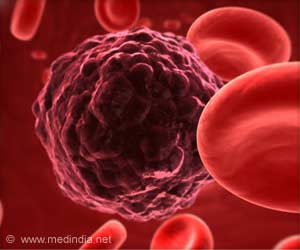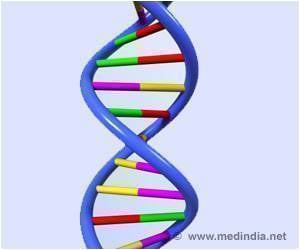Experts have revealed that your genes could be a strong predictor of whether you stray into a life of crime.

The framework for the research was based on the developmental taxonomy of anti-social behaviour, a theory derived by Dr. Terri Moffitt, who identified three groups, or pathways, found in the population: life-course persistent offenders, adolescent-limited offenders and abstainers.
Moffitt suggested that environmental, biological and, perhaps, genetic factors could cause a person to fall into one of the paths.
UT Dallas criminologist Dr. J.C. Barnes, who co-author the study, has researched connections between genes and an individual's propensity for crime.
The study found genetic factors influenced whether people became "life course persistent" offenders, "adolescent-limited" offenders, or those who never engaged in deviant behaviours, called "abstainers."
"That was the motivation for this paper. No one had actually considered the possibility that genetic factors could be a strong predictor of which path you end up on," said Barnes, who is an assistant professor of criminology in the School of Economic, Political and Policy Sciences at UT Dallas.
Advertisement
Adolescent-limited offenders exhibit behaviours such as alcohol and drug use and minor property crime during adolescence. Abstainers represent a smaller number of people who don't engage in any deviant behaviour.
Advertisement
"The overarching conclusions were that genetic influences in life-course persistent offending were larger than environmental influences," he said.
"For abstainers, it was roughly an equal split: genetic factors played a large role and so too did the environment. For adolescent-limited offenders, the environment appeared to be most important," said Barnes.
The analysis doesn't identify the specific genes that underlie the different pathways, which Barnes said would be an interesting area for further research.
"If we're showing that genes have an overwhelming influence on who gets put onto the life-course persistent pathway, then that would suggest we need to know which genes are involved and at the same time, how they're interacting with the environment so we can tailor interventions," he said.
Barnes said there is no gene for criminal behaviour. He said crime is a learned behaviour.
"But there are likely to be hundreds, if not thousands, of genes that will incrementally increase your likelihood of being involved in a crime even if it only ratchets that probability by 1 percent. It still is a genetic effect. And it's still important," he concluded.
The findings appeared in a recent issue of Criminology.
Source-ANI









